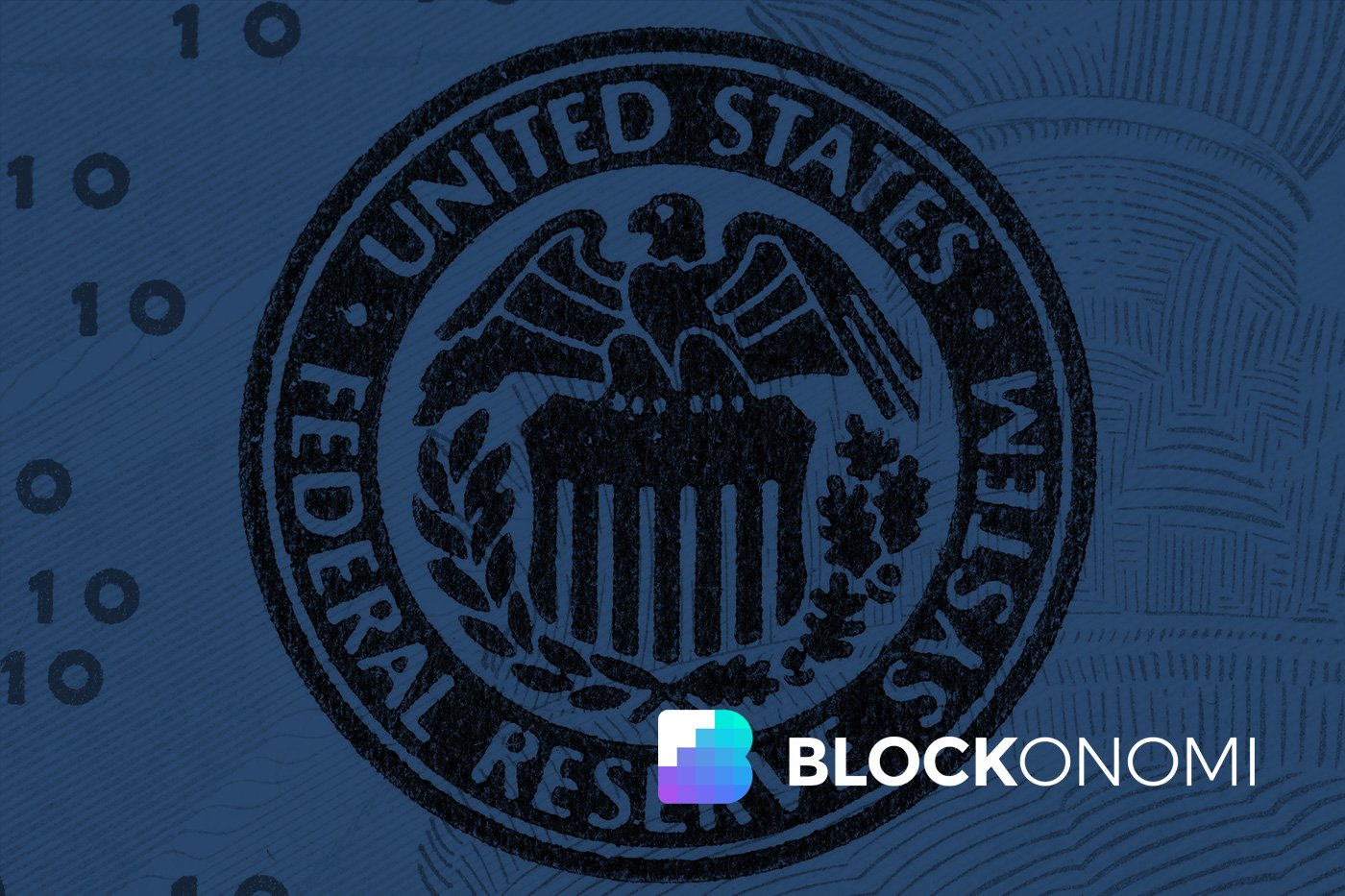**Credit Card Rates Stay Above 21% Despite Federal Reserve Rate Cuts**
Despite several interest rate cuts by the Federal Reserve, credit card rates remain stubbornly high, averaging above 21%. This persistent elevation in borrowing costs highlights a growing disconnect between central bank policy easing and consumer credit conditions. Analysts now argue that banks are no longer transmitting monetary policy benefits to everyday borrowers, signaling a fractured credit transmission system that disproportionately affects the middle class.
—
### The Disconnect Between Fed Policy and Consumer Borrowing Costs
The Federal Reserve’s recent easing cycle was widely expected to lower borrowing costs across the economy. However, data shows consumer debt interest rates—especially on credit cards—have stayed near historical highs despite the Fed’s cuts. This divergence suggests that banks prioritize their profit margins over passing on savings from lower reserve costs to consumers.
Experts, including @The_Prophet_, note that the traditional link between Fed actions and consumer credit costs has essentially broken. When the Fed raises rates, lenders quickly adjust consumer debt rates upward. Yet, when rates fall, borrowing costs remain “sticky,” refusing to decline at the same pace. This asymmetry disproportionately benefits financial institutions while leaving consumers with few affordable credit options.
—
### Psychological Premiums and Rising Consumer Costs
Banks have reportedly incorporated “psychological premiums” into lending rates, reflecting concerns over stagnant wages and depleted personal savings. Rather than easing financial pressure on households, lower Fed rates have essentially boosted bank profits. Consumers, meanwhile, face rising costs of borrowing with fewer avenues for relief.
This dynamic exacerbates economic inequality, as borrowing costs rise faster than they fall, further burdening the middle class. Household debt is increasingly treated as “risk collateral,” with lenders pricing in the possibility of default by preemptively widening interest rate spreads.
—
### The Middle Class as Risk Collateral
Consumer debt has become a securitized asset class, where banks use household borrowing not only as a revenue source but also as a means of managing delinquency risk. Rising defaults in auto loans, student loans, and credit cards indicate that monetary easing no longer translates to tangible relief for ordinary borrowers.
As noted by @The_Prophet_, each Fed rate cut tends to lift asset prices—supporting equity markets—while simultaneously tightening credit conditions at the household level. This inversion has driven consumer sentiment down to multi-year lows, even as financial markets remain resilient.
—
### A Broader Macroeconomic Shift
The current credit environment signals a broader shift in the economy. Instead of stimulating demand, monetary easing increasingly redistributes value upward through financial channels, benefiting capital markets over labor. The traditional “credit channel” that historically spurred economic expansion appears fractured, replaced by a feedback loop of extraction and concentration of wealth.
The Federal Reserve’s role as a provider of liquidity now largely serves capital markets, while the middle-class faces rising borrowing costs and declining access to affordable credit. This evolving structure raises significant concerns over growing economic inequality and the long-term effectiveness of monetary policy.
—
**In summary**, credit card and consumer loan rates remain elevated despite Fed rate cuts, reflecting a broken link between monetary policy and household borrowing costs. As banks prioritize profit and risk management, the middle class increasingly bears the cost—highlighting deep structural changes in the credit market and broader economy.
https://blockonomi.com/feds-easing-cycle-exposes-a-broken-credit-channel-analysts-warn/


